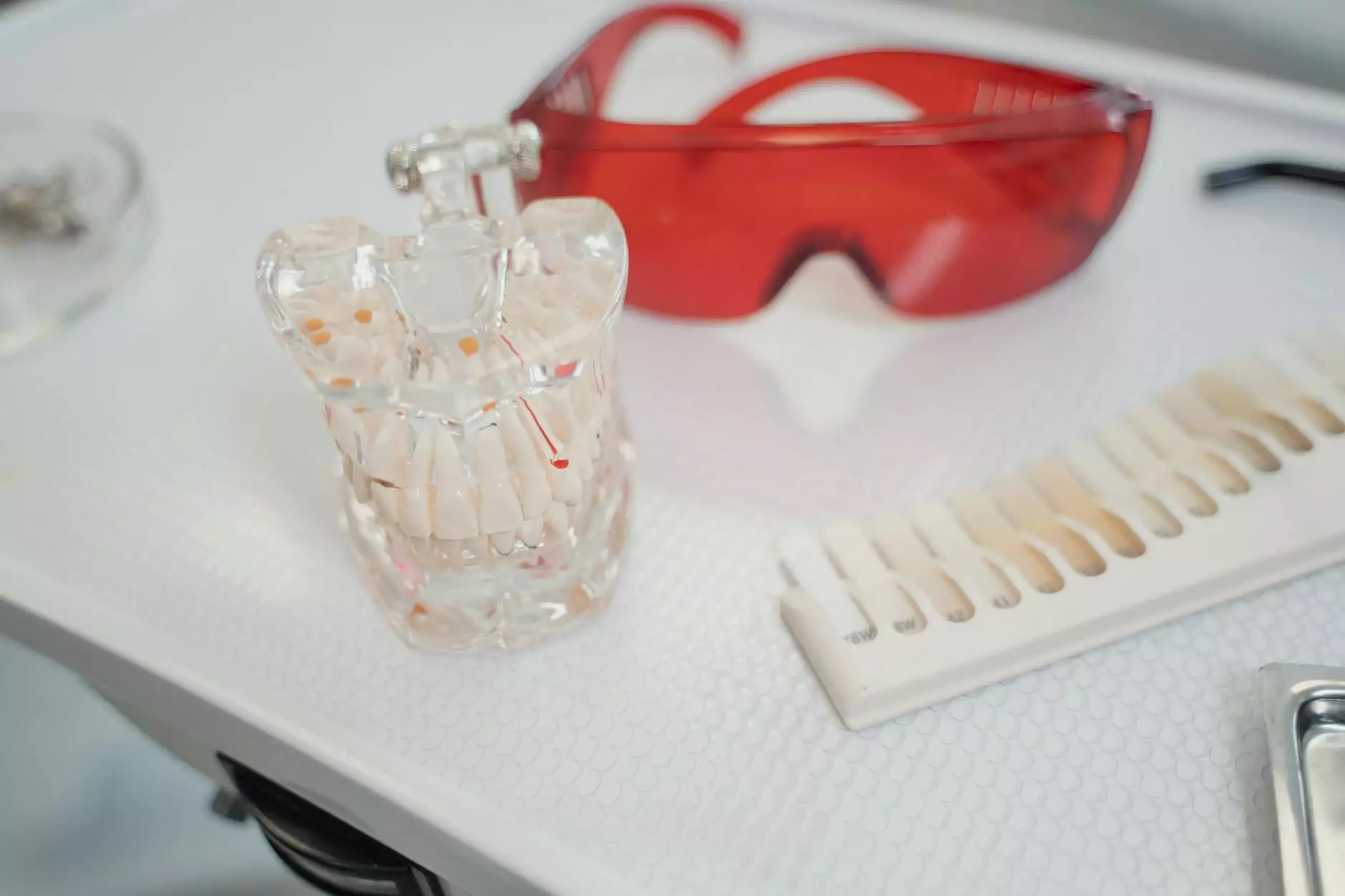Comprehensive Guide to Addressing Pigmentation on Legs - Vascular & Skin Health Solutions

Understanding Pigmentation on Legs: Causes, Symptoms, and Impact
Pigmentation on legs is a common skin concern affecting a diverse population. While often perceived as a cosmetic issue, it can also signal underlying health conditions that require professional attention. The discoloration manifests as brown, dark, or uneven patches on the skin, and can significantly impact an individual’s confidence and quality of life. Recognizing its causes, symptoms, and available treatments is crucial for effective management.
What Is Pigmentation on Legs?
Pigmentation on legs refers to abnormal coloration of the skin characterized by darkened patches that may vary in size, shape, and intensity. This pigmentation results from increased melanin production, skin inflammation, or vascular changes. It is often localized but can be widespread depending on the underlying cause.
Primary Causes of Pigmentation on Legs
1. Chronic Venous Insufficiency (CVI)
One of the leading causes of pigmentation on legs, especially in older adults or those with a family history, is chronic venous insufficiency. CVI impairs the normal functioning of the veins, causing blood to pool in the lower limbs. Over time, this leads to venous stasis, resulting in hemosiderin deposits—iron-rich byproducts of blood breakdown—that cause a characteristic brown discoloration known as venous pigmentation.
2. Post-Inflammatory Hyperpigmentation (PIH)
Any inflammatory skin condition—be it eczema, dermatitis, or allergic reactions—can lead to hyperpigmentation. When the skin heals from inflammation, excess melanin can be deposited in the affected area, leaving behind dark patches.
3. Leg Vein Disorders
Varicose veins and spider veins can cause localized pigmentation due to increased pressure and vascular leakage. These conditions often coexist with CVI and require specialized vascular examination and intervention.
4. Skin Aging and Sun Exposure
As skin ages, melanin production may become uneven, particularly in areas exposed to sunlight. Sun damage accelerates pigmentation disorders, including sunspots or age-related hyperpigmentation.
5. Hormonal Changes and Medical Conditions
Hormonal fluctuations, such as those during pregnancy or menopause, can stimulate melanin production, leading to pigmentation on legs or other parts of the body. Medical conditions like diabetes or certain medications can also contribute to skin discoloration.
Symptoms and Diagnosis of Pigmentation on Legs
Symptoms typically include:
- Dark patches ranging from light brown to deep black
- Irregular borders and uneven skin texture
- Possible swelling or varicose veins in the affected areas
- Discoloration that may worsen with prolonged standing or heat
Diagnosis involves a comprehensive skin and vascular assessment by specialized medical professionals. Techniques such as duplex ultrasonography, dermoscopy, and blood tests help identify the underlying vascular or dermatological conditions causing the pigmentation.
Effective Treatment Strategies for Pigmentation on Legs
Medical Approaches Targeted at Underlying Causes
- Vascular Treatments: For pigmentation associated with venous insufficiency or varicose veins, interventions like endovenous laser therapy (EVLT), sclerotherapy, or ambulatory phlebectomy effectively improve venous function and reduce pigmentation over time.
- Skin Rejuvenation: Chemical peels, laser therapy, and intense pulsed light (IPL) are utilized to diminish hyperpigmentation and restore an even skin tone.
- Topical Treatments: Use of hydroquinone, kojic acid, arbutin, or vitamin C serums can lighten hyperpigmented areas with regular use.
- Medicinal Management: Addressing related health conditions such as diabetes or hormonal imbalances can prevent further pigmentation development.
Lifestyle and Preventive Measures
- Sun Protection: Regular use of broad-spectrum sunscreen prevents further pigmentation caused by UV exposure.
- Compression Therapy: Graduated compression stockings support venous return, alleviating swelling and vascular discoloration.
- Healthy Lifestyle: Maintaining a balanced diet, regular exercise, and weight management reduce venous pressure and improve circulation.
- Avoid Prolonged Standing: Changing positions frequently helps prevent venous stasis.
Role of Expert Vascular Medicine in Managing Pigmentation on Legs
At Truffle Vein Specialists, our team of experts in Vascular Medicine and skin health collaborates to provide a comprehensive solution for pigmentation issues rooted in vein disorders. We utilize state-of-the-art diagnostic tools such as duplex ultrasonography to assess venous health precisely and formulate personalized treatment plans aimed at eradicating both the vascular cause and resultant pigmentation.
Our approach emphasizes minimally invasive procedures that target problematic veins and restore venous drainage, thereby reducing hemosiderin deposits. Paired with skin rejuvenation techniques, our treatments substantially improve the appearance of pigmented legs and promote overall vascular health.
Why Consult a Specialist for Pigmentation on Legs?
- Accurate Diagnosis: Identifying whether pigmentation is vascular, inflammatory, or due to other causes ensures targeted treatment.
- Effective Treatment: Combining vascular interventions with dermatological therapies yields optimal results.
- Prevent Future Discoloration: Addressing underlying vein or health issues prevents recurrence of pigmentation.
- Enhance Overall Vascular and Skin Health: Restoring healthy circulation improves skin appearance and function.
Long-Term Management and Follow-up
Achieving lasting results involves continuous monitoring, adherence to preventive measures, and lifestyle modifications. Regular check-ups with vascular and dermatology specialists help track progress, manage any new symptoms, and update treatment plans to maintain healthy, evenly pigmented legs.
In Summary: Restoring Confidence and Vascular Health
Pigmentation on legs can be more than just a superficial skin concern—it's often a sign of vascular health issues that require expert intervention. Whether caused by venous insufficiency, inflammation, hormonal changes, or aging, effective management arises from personalized evaluation and innovative treatments spearheaded by professionals in vascular medicine.
At Truffle Vein Specialists, we are committed to providing cutting-edge care that addresses both the aesthetic and health aspects of pigmentation on legs, restoring not only skin tone but also overall vascular wellness and confidence.
Contact Us for Expert Evaluation and Treatment
If you experience persistent pigmentation on your legs, don't hesitate to seek specialized medical advice. Our team of experienced practitioners is ready to help you achieve healthier, brighter skin and improved vascular function. Contact Truffle Vein Specialists today for a comprehensive consultation.









